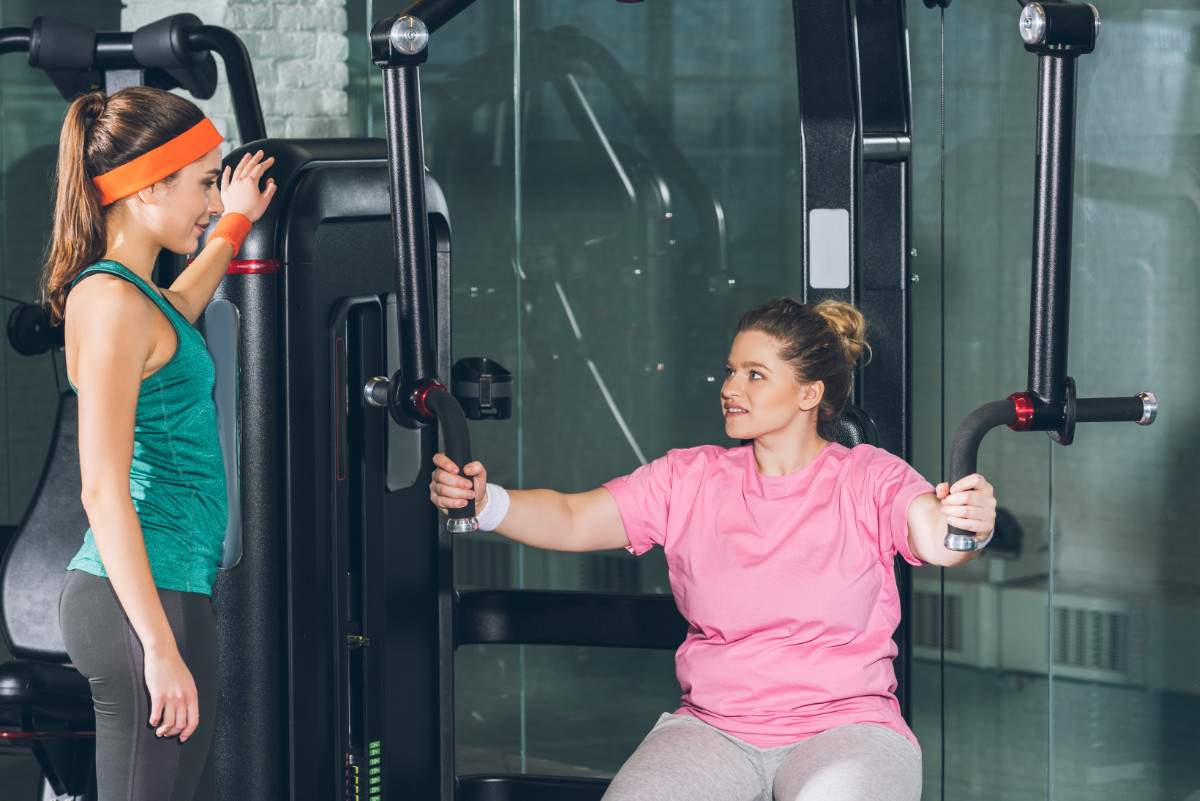Polestar Pilates isn’t your typical mat class at the local gym. It’s a comprehensive rehabilitation-based approach that bridges the gap between physical therapy and fitness.
Founded by physical therapists and movement specialists, Polestar takes Pilates back to its therapeutic roots.
The Polestar Difference
Evidence-Based Approach
Every exercise has a purpose. Based on current research in movement science and rehabilitation.
No fluff. No trendy moves. Just proven methods that create real change.
Assessment First
Before any exercise, Polestar instructors assess your movement patterns. How you breathe. How you stabilize. How you move through space.
This assessment guides your entire program.
Rehabilitation Focus
Originally developed for injury recovery and prevention. Perfect for people dealing with back pain, neck issues, or post-surgery rehabilitation.
The Science Behind It
Polestar emphasizes core stability from the inside out. Your deep stabilizing muscles fire before your big movement muscles.
When this system breaks down, you get pain and dysfunction. Polestar retrains this fundamental pattern.
Research shows Pilates-based exercise reduces chronic low back pain by 40% compared to general exercise.
Who Benefits Most
Chronic Pain Sufferers
Back pain. Neck pain. Hip issues. Polestar addresses the root cause, not just symptoms.
Our South Melbourne personal trainers often refer clients with persistent pain to Polestar instructors.
Post-Injury Recovery
Returning from surgery or injury? Polestar provides the bridge between physical therapy and full activity.
Athletes
Elite performers use Polestar for injury prevention and performance enhancement. Better movement quality equals better results.
Desk Workers
Sitting all day wreaks havoc on your posture and movement patterns. Polestar corrects these imbalances.
The Equipment Advantage
Reformer
Spring-loaded carriage provides variable resistance. Supports your body while challenging stability.
Perfect for people who can’t do floor exercises due to pain or limitation.
Cadillac
Tower-like apparatus with springs and bars. Allows three-dimensional movement in supported positions.
Chair
Compact but challenging. Develops functional strength and coordination.
Polestar vs Regular Pilates
Regular Pilates focuses on fitness and flexibility. Great for general conditioning.
Polestar Pilates focuses on corrective exercise and rehabilitation. Addresses specific dysfunctions.
Both have value. Depends on your needs and goals.
The Melbourne Scene
Polestar studios are scattered across Melbourne. Popular in areas like Prahran and St Kilda where health-conscious professionals seek quality movement training.
What to Expect
Initial Assessment
Detailed movement screen. Posture analysis. Discussion of pain patterns and goals.
This takes time. Good Polestar instructors don’t rush this process.
Slow Progression
You won’t sweat buckets in your first session. Focus is on quality movement and proper muscle activation.
Individual Attention
Classes are small. Often one-on-one or semi-private. You get real coaching.
Homework
Expect exercises to practice at home. Movement retraining requires daily reinforcement.
The Investment
Polestar isn’t cheap. Private sessions range from $80-120 in Melbourne.
But consider the cost of ongoing pain. Or repeated injuries. Quality movement training pays dividends.
Common Misconceptions
“It’s Just Stretching”
Wrong. Polestar develops strength, stability, and coordination. Flexibility is just one component.
“It’s Only for Women”
Many elite male athletes use Pilates-based training. Movement quality matters for everyone.
“It’s Too Easy”
Proper Polestar work is challenging. You’re fighting gravity and springs while maintaining perfect alignment.
Integration with Personal Training
Many of our personal trainers incorporate Polestar principles into their programs.
Especially valuable for NDIS participants who need specialized movement approaches.
The Rehabilitation Connection
Polestar instructors often work closely with physiotherapists and doctors.
Your physio treats the acute problem. Polestar addresses the movement patterns that caused it.
Home Practice Options
While studio equipment is ideal, many Polestar exercises can be adapted for home practice.
Our mobile personal trainers in Port Melbourne and Williamstown often incorporate these principles into home sessions.
The Long-Term Benefits
Better Posture
Sitting and standing become effortless. No more end-of-day back ache.
Injury Prevention
Better movement patterns reduce wear and tear on joints.
Enhanced Performance
Whether you’re playing tennis or lifting groceries, everything becomes easier.
Pain Reduction
Address the cause of pain, not just the symptoms.
Who Should Avoid It
Impatient People
Polestar requires patience. Changes happen gradually.
Fitness Junkies
If you need to sweat and feel exhausted, this isn’t for you.
Budget-Conscious
Quality Polestar instruction isn’t cheap. But neither is ongoing pain and dysfunction.
Getting Started
Look for certified Polestar instructors. The certification process is rigorous and ongoing.
Book an assessment session. Don’t jump into group classes without understanding your specific needs.
The Bottom Line
Polestar Pilates is medicine disguised as exercise. It addresses the root cause of movement dysfunction.
Not for everyone. But for people dealing with chronic pain or recurring injuries, it can be life-changing.
Your Next Step
Dealing with persistent pain or movement issues? Consider a Polestar assessment.
Want to integrate these principles into your fitness routine? Our personal trainers can help.
Ready to move better? Book a free session to explore your options.
Interested in corrective exercise approaches? Our services include movement assessment and rehabilitation-focused training. Or learn about our 6-week reset program that incorporates movement quality alongside fitness goals.


